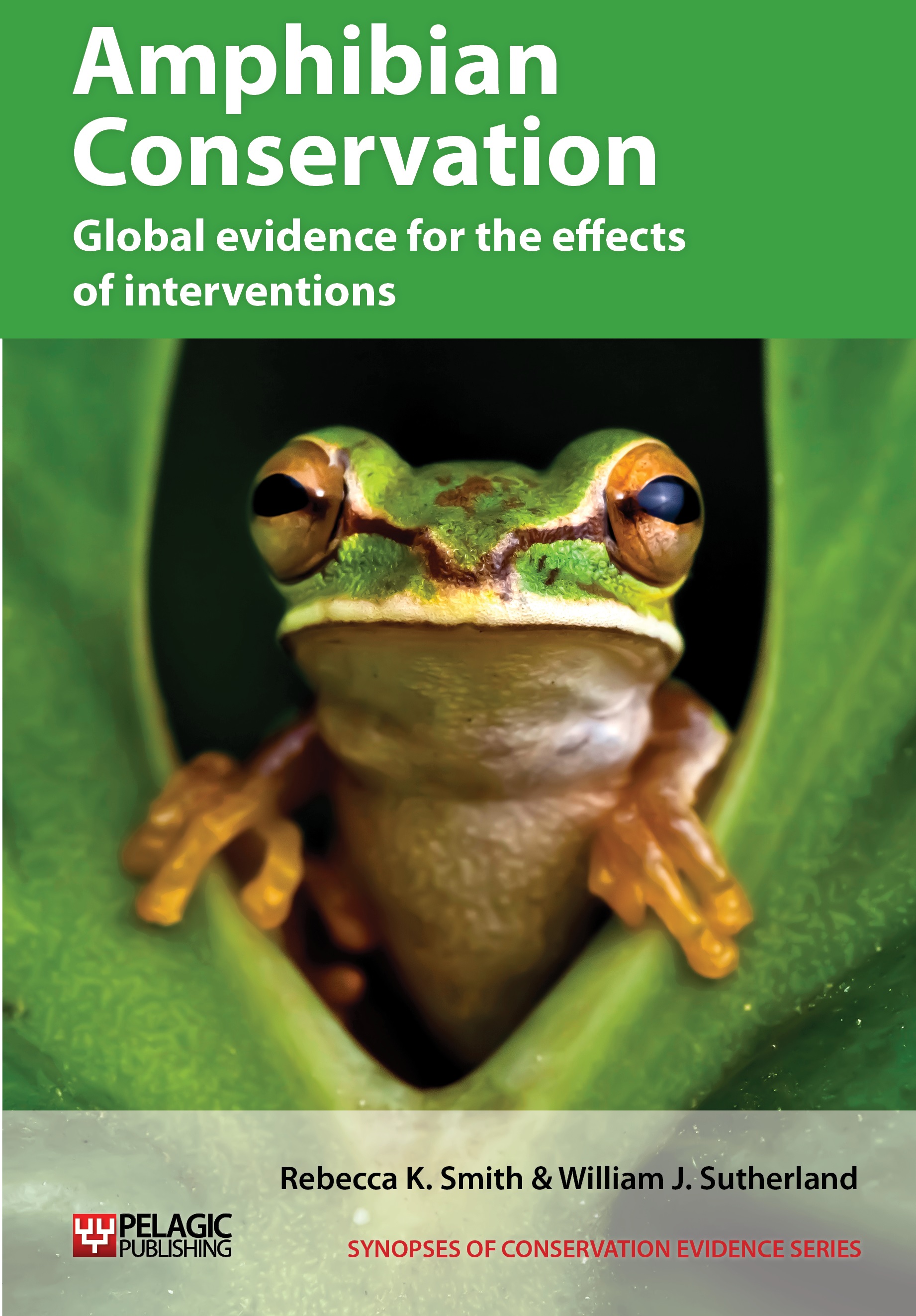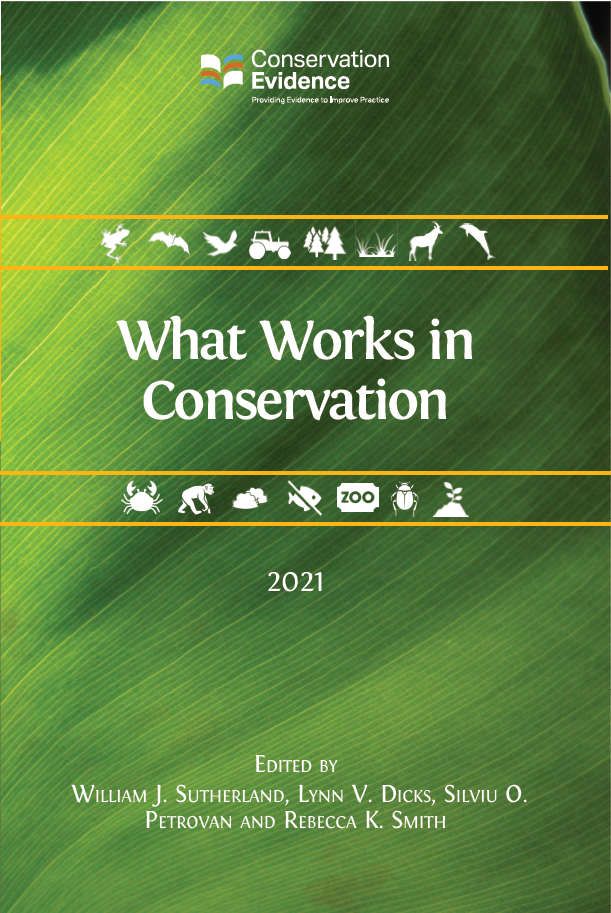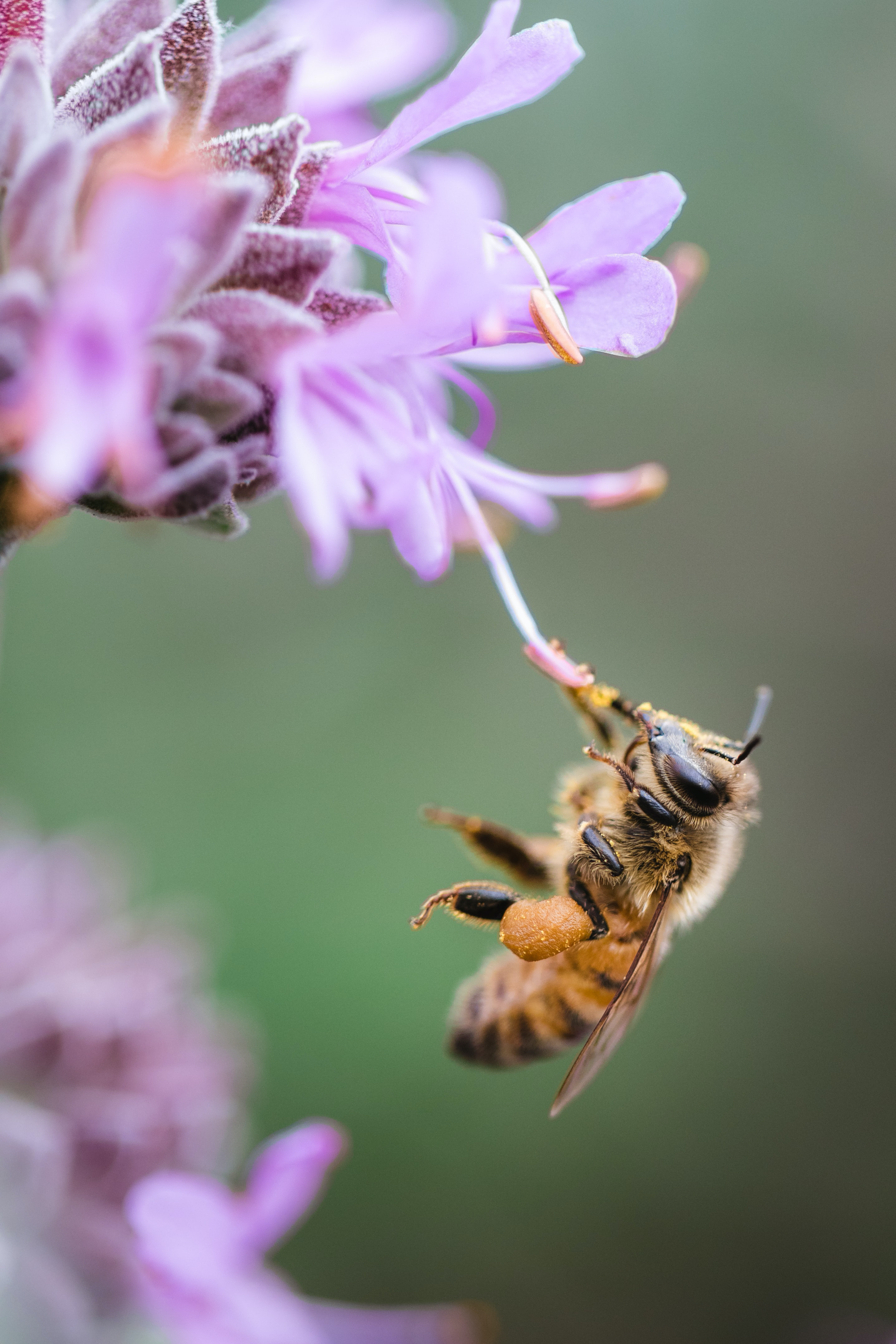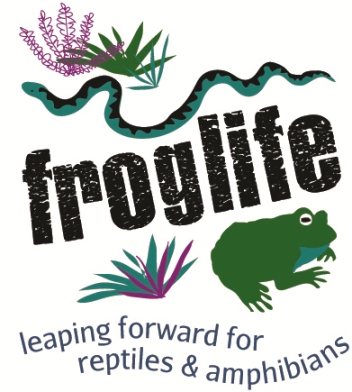Create ponds for toads
-
Overall effectiveness category Likely to be beneficial
-
Number of studies: 7
View assessment score
Hide assessment score
How is the evidence assessed?
-
Effectiveness
70% -
Certainty
60% -
Harms
0%
Study locations
Supporting evidence from individual studies
A before-and-after study in 1986–1992 of a pond created to prevent amphibians migrating across a road between Hollenbeck and Ahlerstedt, Germany (Schlupp et al. 1989, Schlupp & Podloucky 1994) found that common toads Bufo bufo established a breeding population in the pond and the number migrating across the road decreased significantly. Breeding took place every year from 1986. In 1987, 29% of migrating toads chose the created pond. By 1988 the proportion was 75% and by 1992 it was 99%. Marked individuals indicated that 83% of the population used the new pond (91% of males; 67% of females). Population size did not differ significantly before and after resettlement (522 vs 590). Common frogs Rana temporaria migrated to and bred in the pond from 1986. The pond (53 x 20 m) was constructed on wet pasture in 1982. A temporary mesh fence around the pond allowed toads to reach but not leave the pond in spring 1986–1990. An amphibian fence was installed along 400 m of the road. Animals captured in pitfall traps along the fence were placed in the created pond. All animals were tagged.
Study and other actions testedA before-and-after study in 1986–1993 of 13 created ponds in a marsh reserve in Peterborough, England, UK (Cooke & Oldham 1995) found that translocation resulted in breeding populations of common toad Bufo bufo. Toadlets emerged in 1986 and 1987 and the first naturally laid eggs were recorded in 1987. In 1988, 64% of male and 89% of female toads captured were marked, suggesting that most breeding adults were introduced rather than natural colonizers. The proportion dropped to 15% in 1990 suggesting a 64% loss of males in the first year, reducing to 39% in the second and 42% in the third year. The toad population was estimated at 200–300 adults in 1993. Up to 16–39% of eggs were lost to desiccation each year. In 1985, 13 ponds were excavated. Half a million toad eggs were introduced in spring 1986 and 5,911 marked adults in 1987. Adults and eggs were monitored 1–3 times/week in spring 1986–1993.
Study and other actions testedA before-and-after study in 1986–1994 of a created forest pond in Gifhorn, Germany (Baumann 1997) found that translocated common spadefoot toads Pelobates fuscus established a breeding population in the pond. Monitoring indicated that 33% of translocated toads and 31% of naturally colonizing toads reproduced in the created pond. A total of 152 juveniles were recorded in the pond in 1990. Mortality rate of translocated toads was high, with only 19% of toads recaptured in 1993–1994. A pond (700 m²) was created for amphibians in 1988. From 1989, toads were captured using drift-fencing with pitfall traps along the opposite side of the road. Toads were marked and translocated across the road to the pond. Monitoring was undertaken using drift-fencing with pitfall traps either side of the road and around the pond.
Study and other actions testedA before-and-after study in 1986–1997 of 69 created and restored ponds at six sites in Funen County, Denmark (Briggs 1997) found that creating and restoring ponds, along with head-starting, increased the population of European fire-bellied toads Bombina bombina. Numbers increased from 82 in 1986–1988 to 542 in 1995–1997 (from 1–30 to 8–170/site). Numbers of ponds occupied by adults increased from eight to 62 and by tadpoles from one to 18 over the same period. The population declined at only one site that was flooded with salt water. Ponds were restored by dredging or created. Wild-caught toads were paired in separate nest cages in ponds and eggs collected and reared in aquaria. Metamorphs and one-year-olds were released into ponds. Ponds were monitored for calling males and breeding success (capture-recapture estimate) annually in 1987–1997.
Study and other actions testedA before-and-after study in 1994–1997 of two created ponds in Jutland, Denmark (Jensen 1997) found that after three years, released captive-bred garlic toads Pelobates fuscus had not colonized, but common toads Bufo bufo and common frogs Rana temporaria had colonized naturally. Authors considered that garlic toads may not have colonized due to predation because of the lack of vegetation and introduction of sticklebacks Pungitius pungitius. Common toads and common frogs colonized different ponds. Ponds were created in 1994–1995. One thousand captive-bred garlic toad tadpoles were released at different stages before metamorphosis into one of the ponds in 1994. Monitoring was by tadpole and call surveys.
Study and other actions testedA replicated, before-and-after study in 1997–2004 of six created ponds in pine forest in Oregon, USA (Pearl & Bowerman 2006) found that western toads Bufo boreas established stable breeding populations in two of the ponds. Toads bred in all ponds in the first year after construction (within 2–9 months). At two sites large numbers of juveniles were recruited in the first year (1,000s–10,000s) and breeding continued in future years. However, breeding effort was small in the other four ponds, with less than three clutches and little or no recruitment of juveniles (<100 observed). With the exception of breeding in the second year at one of those ponds, there was no breeding in following years. Colonization events were estimated to be between three to over 20 pairs/pond. Ponds were created in 1997–2002. Five were <500 m2 in area and all were 0.1–4.8 km from natural breeding sites. Eggs, larvae and adults were monitored.
Study and other actions testedA replicated, before-and-after study in 2010 of 38 created ponds in an area of forest and agricultural land in Bernese Emmental, Switzerland (Kroepfli 2011) found that midwife toads Alytes obstetricans colonized 29% of ponds and only reproduced in 54% of those. Tadpoles were only recorded at six of the 38 ponds. The number of ponds at a site was positively related to numbers of ponds colonized and toad abundance. Pond age was positively related to colonization and reproduction and the proportion of forest negatively related to reproduction. In 1985–2009, 38 ponds were created for toads over a 2,800 km2 site. Call and visual surveys were undertaken three times and dip-net surveys twice at each pond in April–June 2010.
Study and other actions tested
Where has this evidence come from?
List of journals searched by synopsis
All the journals searched for all synopses
This Action forms part of the Action Synopsis:
Amphibian Conservation
Amphibian Conservation - Published 2014
Amphibian Synopsis





)_2023.JPG)














